 Last night Earth witnessed a full moon that appeared 14% larger and 30% brighter than the usual full moon. This is because the moon was actually closer to the Earth than it usually is. It's all about the path and rotation and referred to as the perigee moon, which means "closer."
Last night Earth witnessed a full moon that appeared 14% larger and 30% brighter than the usual full moon. This is because the moon was actually closer to the Earth than it usually is. It's all about the path and rotation and referred to as the perigee moon, which means "closer."We were eager to see this full moon; which will not be seen again for fifteen years or so. We drove to the top floor of a parking garage in San Antonio, hoping to get the best possible view, and were amply rewarded.
When a focal point is located in the center of a composition or picture world, the message the artist is sending the viewer is "look here, this is important." The centering device isn't used as much in Western art as it is in Eastern art, where the mandala is a classic example of presenting an image meant to keep the eye moving around and around, captured within the circle. That's the whole point - to center physically and spiritually. My photo struck me as meditative, so I decided to emphasize that feeling. I cropped the image to center the moon in the picture, where it is also visually dominant, because it is so bright against the dark sky.
I left a building in the picture when I cropped it. I could have cropped out everything and left the moon in all of its glory, but the reference to humans felt important to the picture. No building or artwork, however grand, can match the grandeur of Nature. Retaining the evidence of humans in the picture contrasts the natural and man-made worlds, and is a reminder of the importance of keeping the two spheres in humble balance.
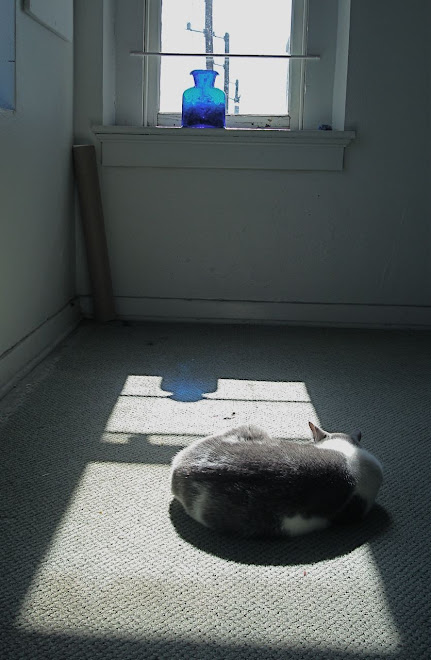
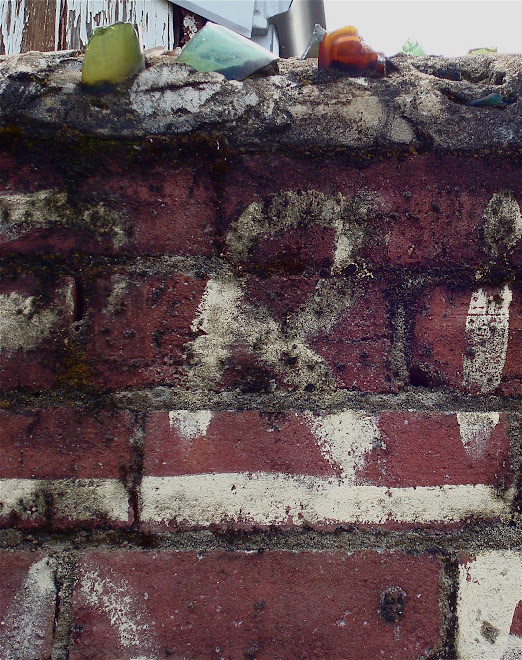
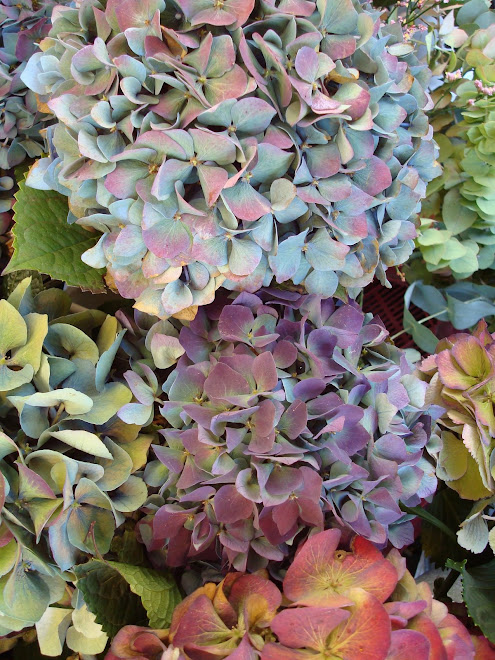
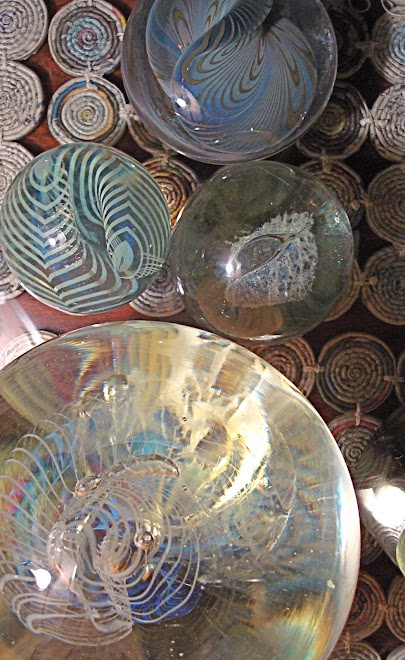
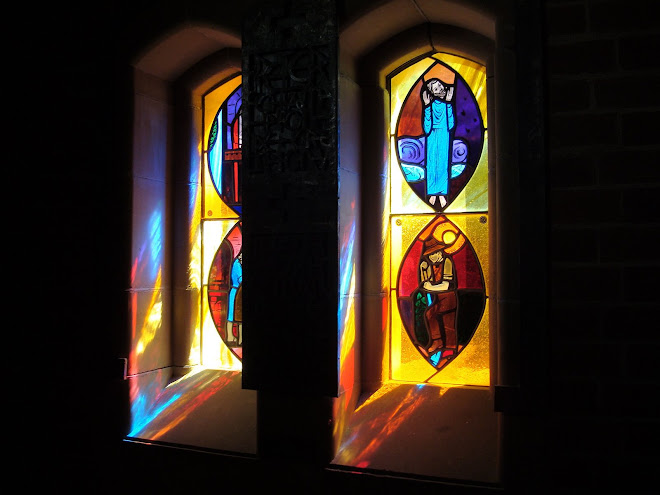







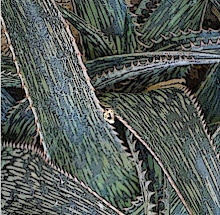
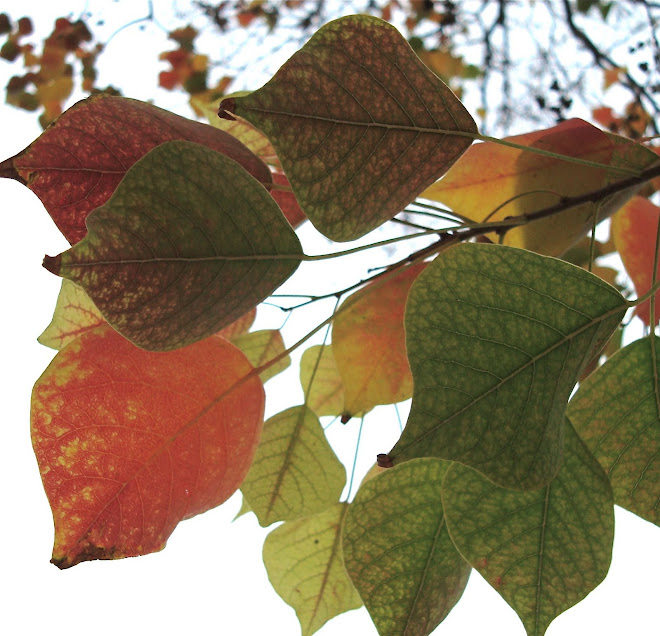
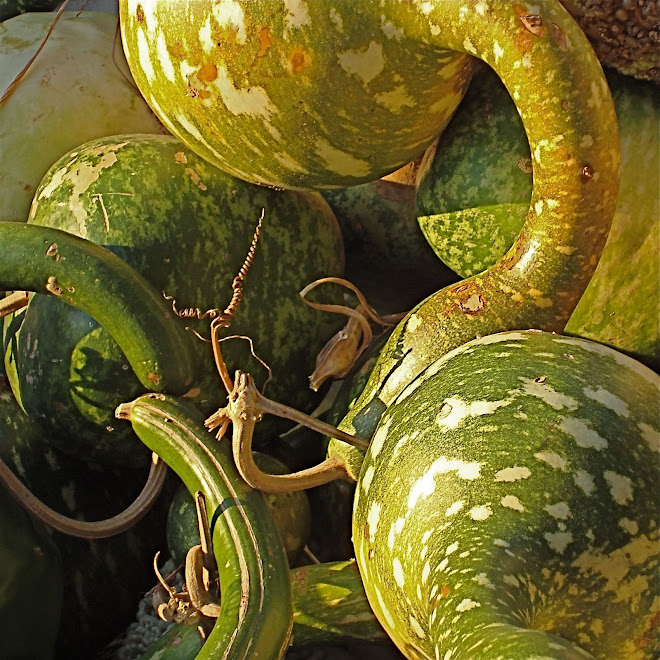
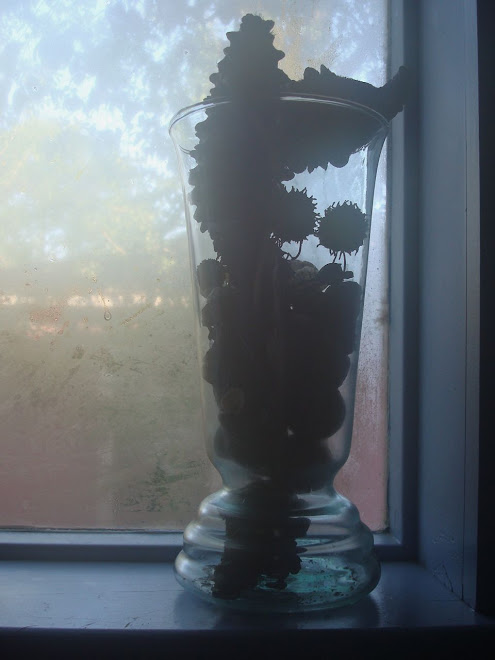
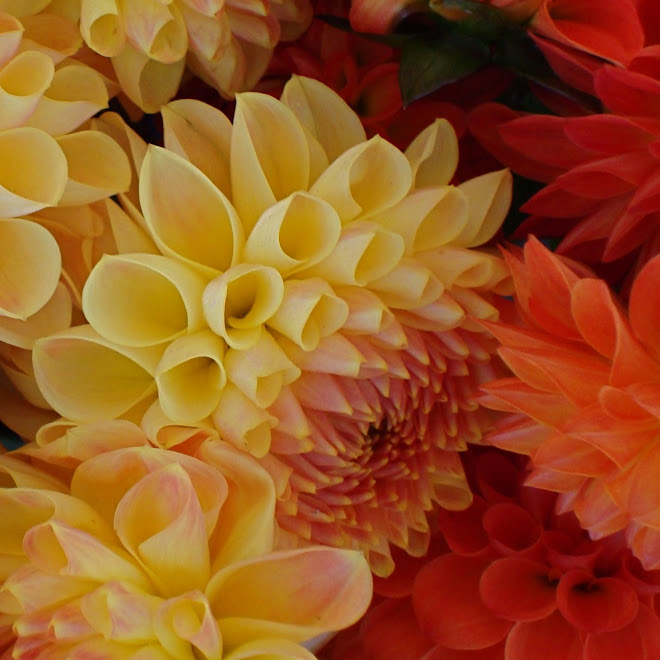
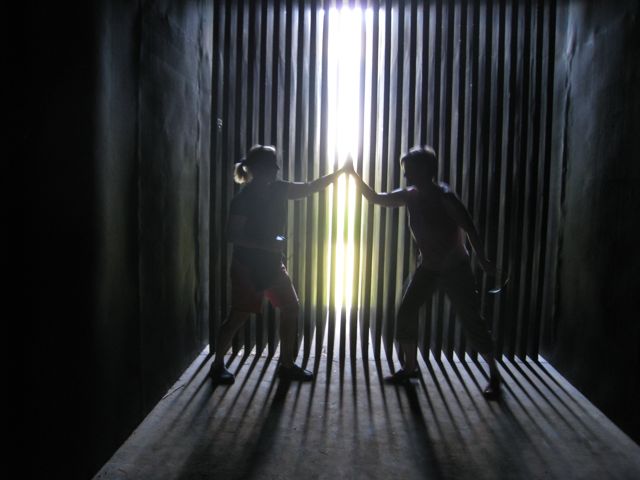
2 comments:
Beautiful Jane. I heard about the moon on the news but forgot to go out here because of the rain we were having.
Carol Kamin
You are so lucky to have seen it. It was completely overcast here so was not visible.
Post a Comment